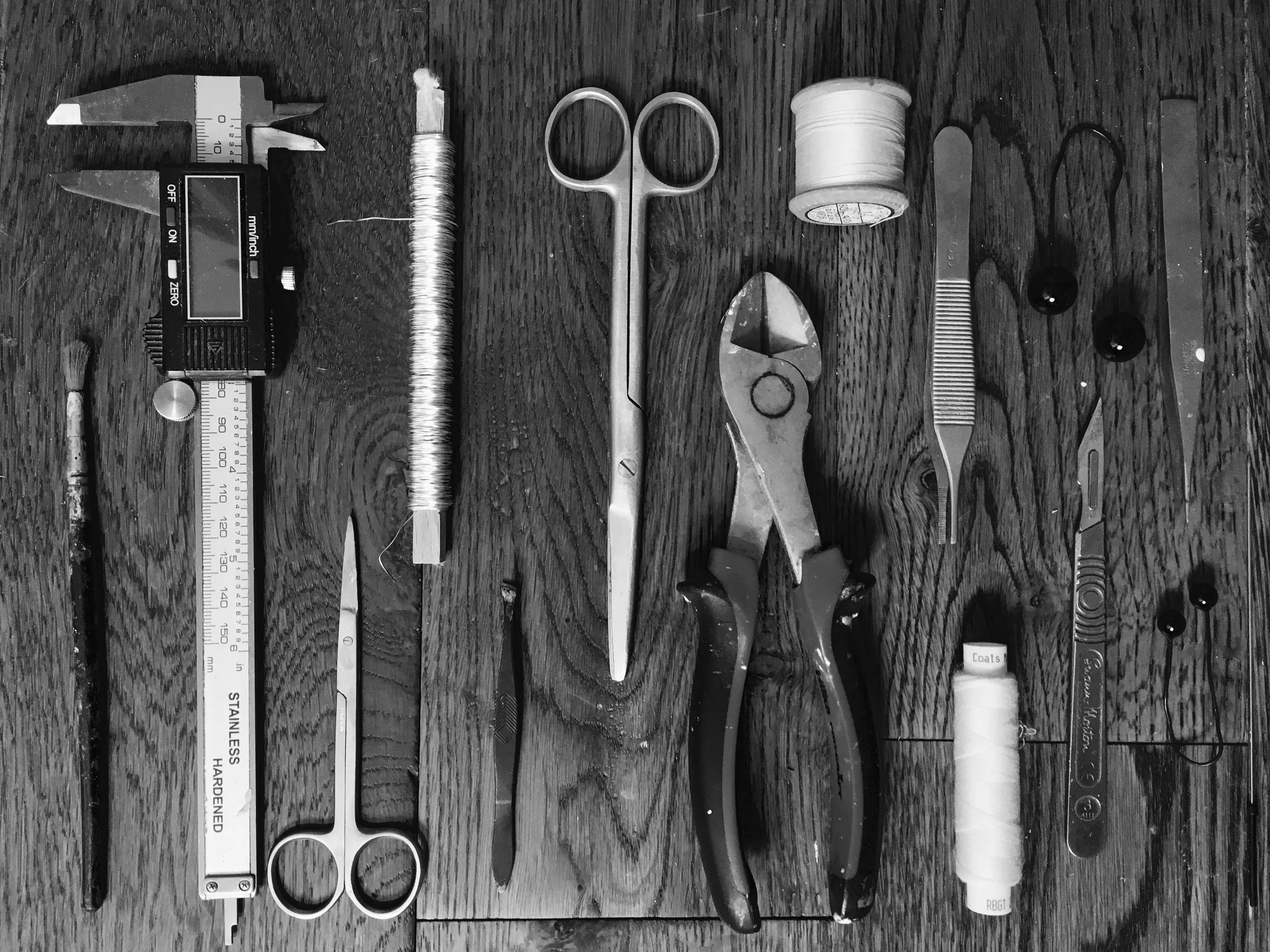
Frequently Asked Questions
I have found a dead bird and would like it taxidermied, what do I need to do?
If you find a deceased bird that appears to be in good condition, you need to wrap it well in plastic and freeze it as soon as possible. Ziplock bags are great but any plastic bag will do, try to push the air out of the bag and seal it. Once it is safely in the freezer please contact me to discuss your requirements at the CONTACT FORM.
If you have found a bird of prey or anything with CITIES protection, please make a note of the location it was found and cause of death as we may need to apply for legal paperwork.
I would like to commission a piece, but I do not have the bird: can you source one?
I hold stock of a certain number of common birds to work on, ad can often source others. Pease email me to discuss your ideas. I aim to have commission pieces ready within 6-8 weeks, this can vary a little either way depending on how busy I am. Some commissions require a non-refundable 25% deposit if it is a more unusual piece.
I have a dead bird and would like to donate it to you for your own work
I am always looking for birds to work on of all species, so if you have something you would like to pass on to me please get in touch.
Do you work on pets?
I only work on pet birds, and only certain species which I have lots of experience with. Due to the sensitive nature of working with a pet, I only take them on if I have worked with the species many times to help guarantee results, and the owner is fully aware of the risks involved. I would be happy to discuss it with you if you are considering it, so please get in touch.
Do you run lessons?
Yes, I run lessons from my home close to central Sheffield. Please head to the LEARN page for more information.
How do I care for a piece of taxidermy?
All pieces of taxidermy are professionally preserved and treated before leaving the studio, but it is your responsibility to look after them to ensure they remain in their best condition for many years to come. Clothes moths will always be attracted to taxidermy, no matter how well it is preserved. To help prevent attack ensure you dust regularly, and if uncased use a taxidermy protector spray. If possible, consider buying a case to keep it protected.
If you find your taxidermy does have moth damage, you need to wrap it well and put it in the freezer to kill both moths and larvae. If moths are in your home it would be wise to treat the whole home, so they don’t return to your taxidermy and other items made from natural fibres. A pest controller will be able to advise you if you feel you have a problem.
Do you do restoration?
I do some restoration work, but it is not my main focus. I have contacts with other taxidermists who work more in that field, so feel free to send me detailed photos and I can establish if I can carry out the work, or I can suggest someone who can.
If you have any other questions please message me via the CONTACT FORM and I will get back to you as soon as I can.
